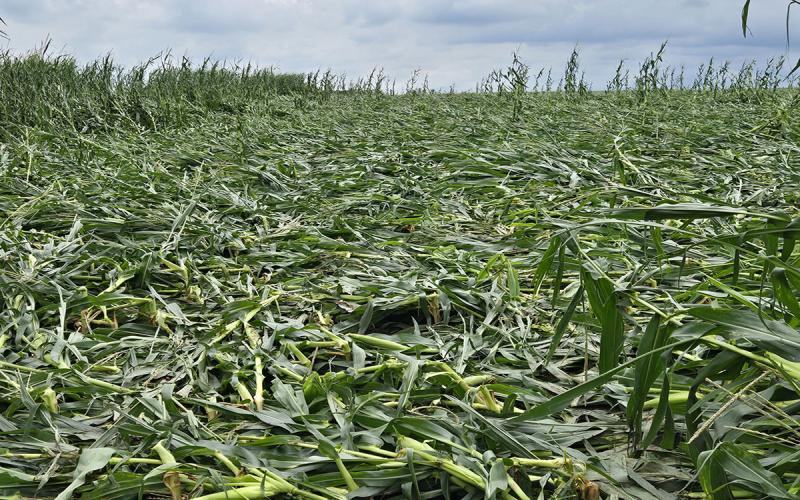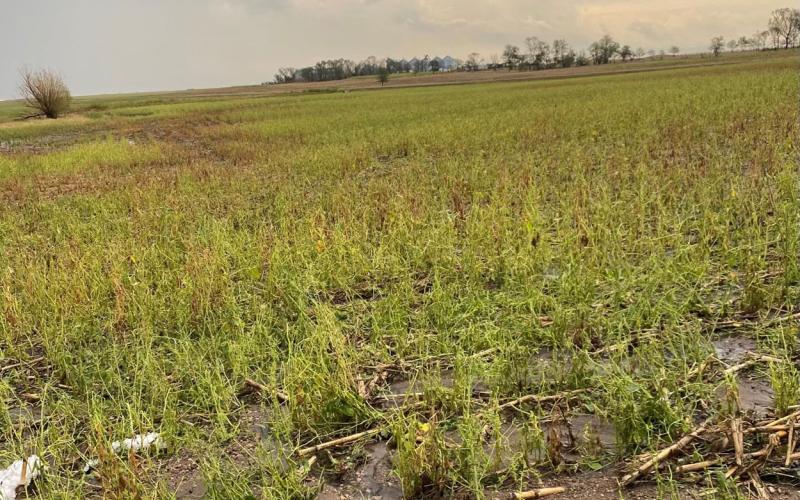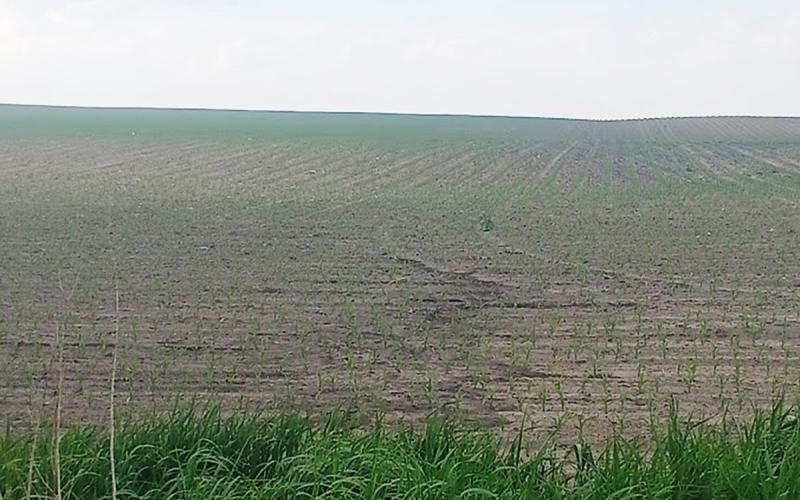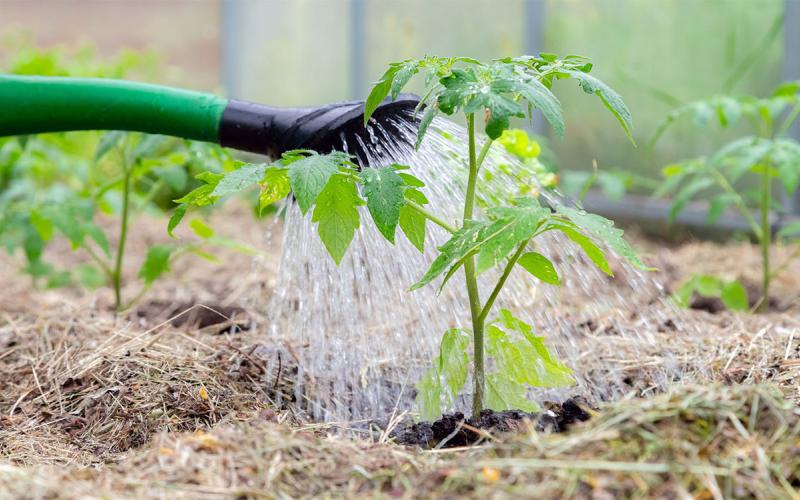Plants or Crops
All Plants or Crops Content

Wind Injury in Corn
In the aftermath of severe weather, levels of wind damage in corn can vary greatly from field to field. How plants recover largely depends on wind velocity and corn growth stage.

Making Decisions With Hail-Damaged Row Crops
Late-season hail damage can leave growers wondering what to do next. Before deciding what to do with your hail-damaged fields, take some time to consider a variety of management options.

2025 Field Pennycress Management Considerations
Field pennycress prevalence on pastures has been observed to be in higher abundance this year in Western South Dakota. When consumed in certain quantities it can be toxic to livestock.

Powdery Mildew Presence in Your Garden: How to identify and prevent it
Powdery mildew is a common fungal disease that targets a wide range of hosts. It is important to identify its presence as soon as possible to slow its spread and prevent irreversible damage.

Soil Erosion Mitigation During Heavy Rainfall Events
Adopting soil health practices that minimize disturbance, increase surface cover and organic matter content, and keep roots growing in the soil can help to increase soil infiltration rates and reduce destruction of soil aggregates from heavy rain.

Microbial Water Testing for South Dakota Producers
Microbial water testing is important for produce growers to know the quality of their water to help ensure the safety of the fruits, vegetables, and herbs they produce.

Limber Pines of the Cathedral Spires: A Unique Tree
Fact sheet on the history, status and threats of limber pines.

Variations in a Field and Variable Rate Technology Adoption
Field variations, including soil properties, nutrient content, and moisture levels, can significantly impact crop yield and farm profits. By understanding the specific needs of different areas, farmers can apply fertilizers, seeds, and other inputs more effectively.

Sunflower Moths Active in South Dakota Sunflowers
We have received reports of sunflower moths present on early planted sunflowers this week. The observed sunflower moth populations are above the recommend threshold of an average of 1 to 2 moths per five heads.

SDSU Extension hosts 5th annual Specialty Crop Field Day
July 24, 2025
South Dakota State University Extension is pleased to announce its fifth annual Specialty Crop Field Day at the SDSU campus in Brookings.